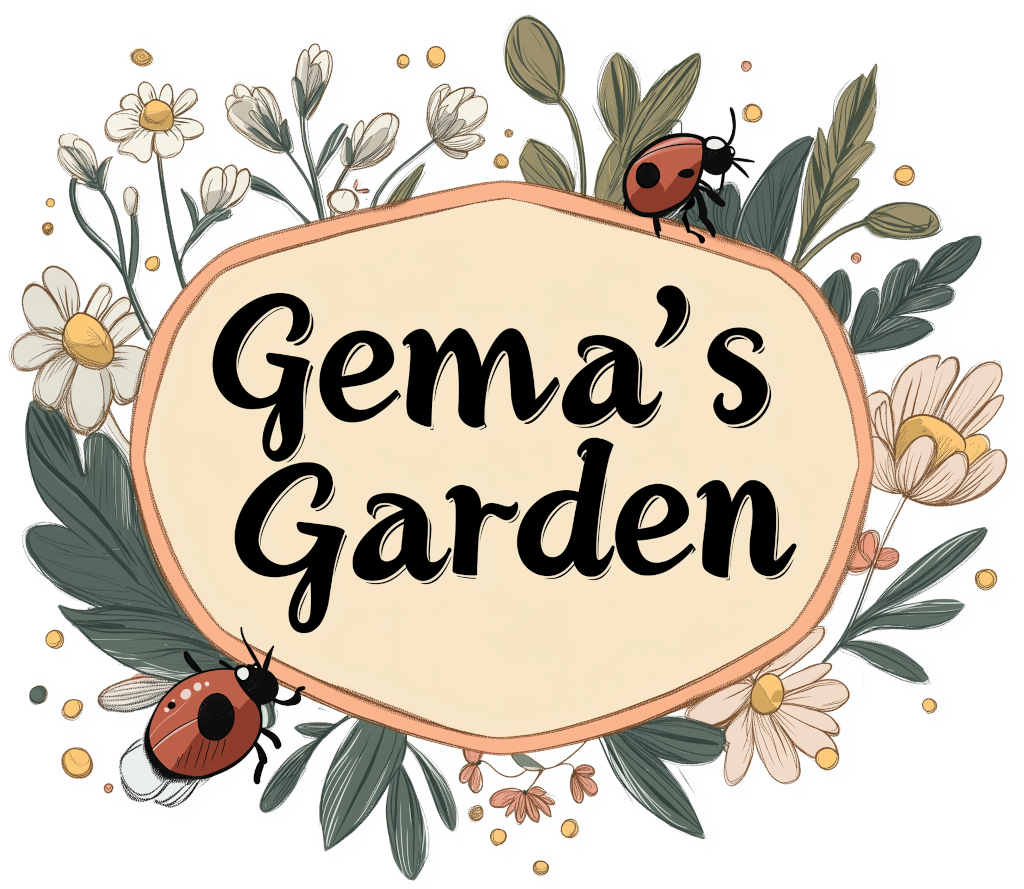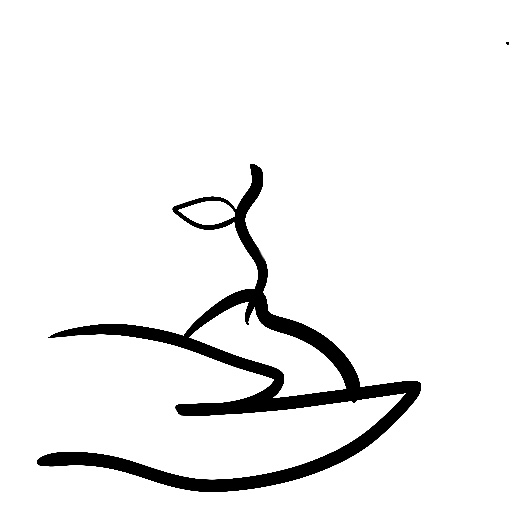We have spent a couple of weeks in Japan this year from Oct 20th until Nov 1st.
The way we planned the trip was in three stages/hotel stays: the first three days we spent in Kyoto, visiting the city and the area. The next week and a bit we spent in Osaka, from where we took the Shinkasen (bullet train) to a bunch of places, all under 2h train rides. Then the last few days we spent in Tokyo, since we were flying out from there it also made sense in terms of getting to the airport. The three hotels were either near places we wanted to visit or near a well-connected train station.
Our visits to places are normally built around visiting outdoor spaces, buildings, museums, parks and gardens, with strategic stops for shopping, rest and/or food. Every day we walked between 15 and 20 km, getting close to the destination by some form of public transport and then visiting all the different places we wanted to visit. When it comes to shopping, we enjoy stationery, camera gear, gadgets, crafts shopping, clothing, and any other shop that we wouldn't normally find in the UK. In museums, we almost never buy anything, but sometimes we cannot resist a reproduction of some art piece. In Japan for example, there were many character shops that captured our imagination and brought us back to childhood, where all you could buy were character stuff, like Pokemons, Ghibbli, Doraemon, and Sanrio. Sanrio was our favourite by far. It is also nice to buy little presents for everyone in these type of shops when in Japan.
Food is fantastic in Japan. Affordable and delicious, like every other Eastern country we've been to. In the sweets department, glutinous rice cakes with red beans were available everywhere and delicious (in all sorts of different sizes), when it came to savory, the choices were really endless. Eating at restaurants was not particularly difficult, as many places had this website where you can order and the food comes to the table, when unable to use their app, the waiting staff were super helpful getting the orders in. Street markets are also interesting places to visit for food, as well as shopping areas. We don't eat at western food serving places when in Asia, in general, we choose a place that is crowded or decently full of locals and take our chances there. If locals can be bothered eating there, chances are it is probably good. We ate many different types of noodles, including a noodle filled Japanese omelette (Hiroshima's Okonomiyaki). We ate take away sushi and other cold dishes, bento boxes, etc, some nights from shopping malls where locals buy their dinners to take away. There are many shopping malls in Japan, there's one for everyone's taste, I suppose.
And then, there are vending machines everywhere, specially for water and other on the go beverages. Coffee, soft drinks, water, ionised drinks... There are separate vending machines for beer and ice creams, in case you are up for something slightly different, but they are not as widespread. There are vending machines in the middle of parks or at the door of someone's house, in parking lots, next to temples, inside shopping malls and also outside, where you'd expect them too at train stations. Prices vary wildly depending on where the machine is located. They often have a bin next to it, so bottles can be disposed of when empty. There are not many bins anywhere else for public use, so these vending machines are a good strategy to locate certain bins for empty bottles.
There are also plenty Starbucks for those who appreciate a cold coffee every now and again and want to know exactly what they are getting for that drink. Japanese Starbucks have more tea options than our regular Starbucks in the UK.
Public restrooms are probably the cleanest I have ever seen anywhere. They tend to have Toto toilets in them, maybe a bit stripped down from all the features you find in private areas like hotels, but still pretty functional and useful. And clean, did I forget to say they are clean? Well, they are.
For many public attractions, it is worth using the Klook app to buy tickets and skip the queues at the door. We also bought a 5 day Shinkasen / Train pass with them that made our stay in Osaka and our day trips much easier. I say this because figuring out how to combine tickets when changing trains and how to choose the right fare for a particular ride is quite involved and confusing, specially on the first couple of days.
Kyoto
Osaka
Kobe
On the day we arrived to Osaka, we left our bags at the hotel and headed to the Shinkasen again for a visit to Kobe. Kobe has a fascinating woodworking museum, the Takenaka Carpentry and Tools Museum that we wanted to visit. It was a really quick ride, 30 mins, and the museum is really close to the train station. It was raining, so it was the perfect day for us to learn a few new woodworking tricks.
Hiroshima
Himeji
In Himeji, we visited Himeji Castle and Engyo-ji Temple. We visited them both in a day, arrived at 9.30 am and went straight to the castle and later on took a bus to Engyo-ji Temple. It was interesting getting into a bus, because the driver didn't want to take us (tourist), he thought we were lost, as opposed to following closely Apple Maps suggestions to get to our destination. Mind you we entered the bus at the front, and we were supposed to climb the bus from the middle doors, that's the entrance, so the driver was understandably concerned that we didn't fully know what we were doing.
Himeji Castle was overcrowded and in my mind was not worth climbing at all. If you like wooden built buildings then maybe going inside makes sense, otherwise, it is probably advisable to visit the gardens and take pictures of the outside, which is totally worth it, and skip the climbing all the way up only to have to go down again all through rather steep steps.

